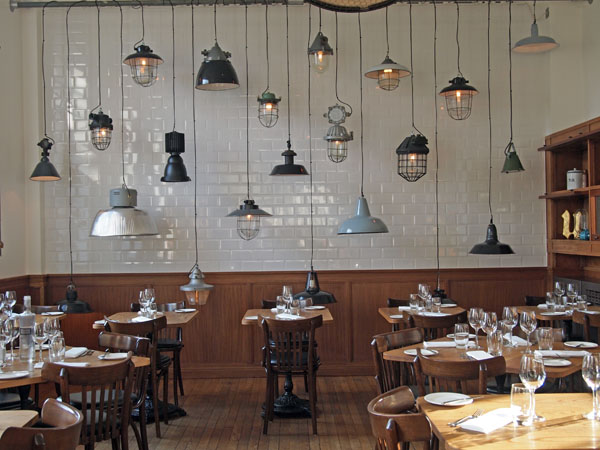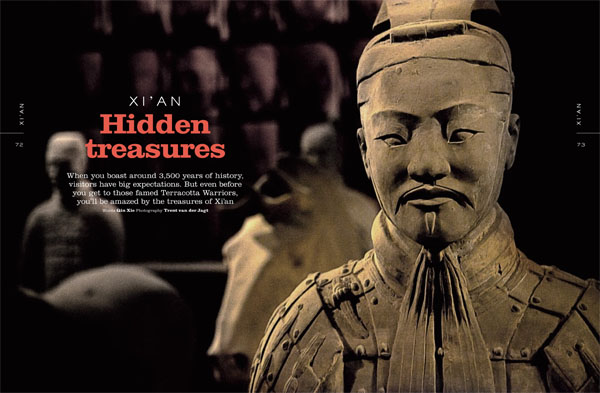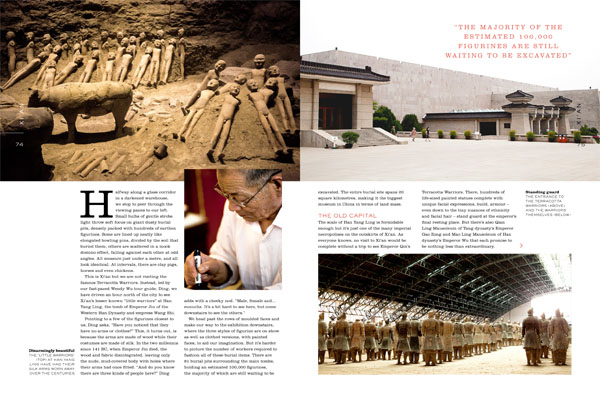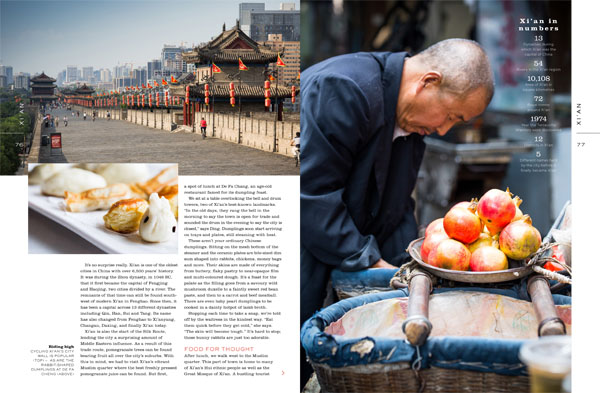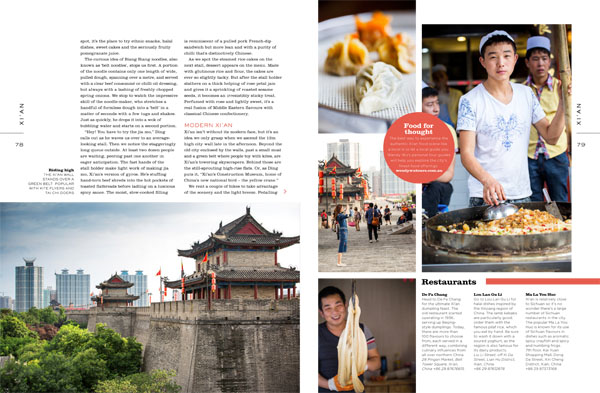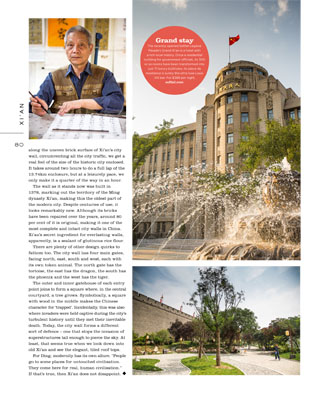Published on Eat. Travel. Live. on 16th February 2015:
There’s an old Shanghainese saying, “I’d rather have a bed in Puxi than a house in Pudong”, referring to the gap in wealth between the western and eastern banks of the Huangpu river.
Standing under the towering skyscrapers of Pudong today, it’s hard to imagine why. Many of Shanghai’s super-structures, home to its numerous financial institutions, are based in Pudong. Shanghai’s tallest building, the 492m Shanghai World Financial Centre, and its most iconic viewpoint, the Oriental Pearl TV tower, both make up the city’s infamous skyline on, you guessed it, Pudong.
From the sanctuary of a Mandarin River View Room at the Mandarin Oriental Hotel, a bed in Pudong looks pretty good too. It’s king sized with goose down pillows and luxurious linens. Of course, there is a pillow menu.
You can upgrade to a “Club” room which means that, after checking in with your personal butler in the cosy Club Lounge, you get to enjoy sweeping views over Pudong and the Huangpu river.
The breathtakingly obvious panoramic of Shanghai instantly captures your attention as you enter the room and the Mandarin has made the most of this with floor to ceiling windows in the bedroom and the bathroom. In fact, the big-enough-for-a-party tub has front row seats to the view – the perfect place to settle in with those Shanghai Tang bath salts and a glass of wine.
On the other side of a sizeable flatscreen TV you’ll find double sinks perched in front of brightly illuminated mirrors. Across from that, a dressing table is in a well-placed spot; they thought about the ladies in this one.
Beyond, a small cloister hosts a wardrobe area offering ample storage space. Conveniently, next to the wardrobe sits the coffee machine and kettle to help you settle in with a cup of something warm and comforting as you unpack.
If you did go for that upgrade, you’ll definitely be tempted to head back to the Club Lounge by the offer of Afternoon Tea and daily cocktail hour. Though of course, you can opt to enjoy some pampering at the Spa which boasts a crystal steam room, tepidarium chairs, aroma experience showers, sauna and an ice fountain.
For the gourmet, the best thing about staying at Mandarin Oriental hotels is that they always have a great restaurant offering. At Pudong, head to Fifty 8° Grill, a casual restaurant under the helm of Michelin-starred chef Richard Ekkebus, or Tony Lu’s Yong Yi Ting. And after dinner, instead of trekking across the river to The Bund, grab a cocktail at Qi Bar where local DJs play late into the night.
And should you find that you’ve stayed up way past bed time, worry not; there’s always Club late check out.
